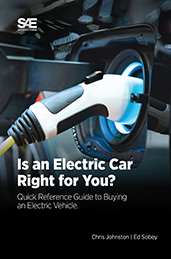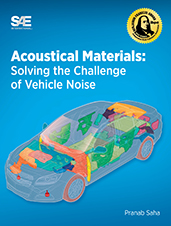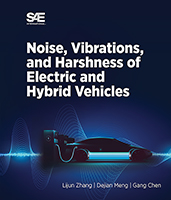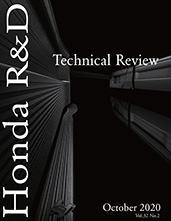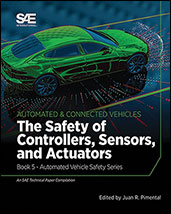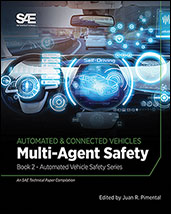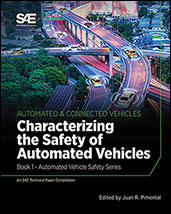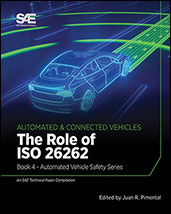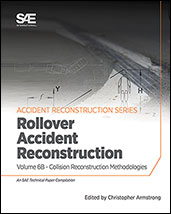Book

SAE International's Dictionary of Testing, Verification, and Validation
2023-10-30
Created to elevate expertise in testing, verification, and validation with industry-specific terminology, readers are empowered to navigate the complex world of quality assurance. From foundational concepts to advanced principles, each entry provides clarity and depth, ensuring the reader becomes well-versed in the language of precision. This dictionary is an indispensable companion for both professionals and students seeking to unravel the nuances of testing methodologies, verification techniques, and validation processes. Readers will be equipped with the tools to communicate effectively, make informed decisions, and excel in projects. In addition, references to SAE Standards are included to direct the reader to additional information beyond a practical definition.

